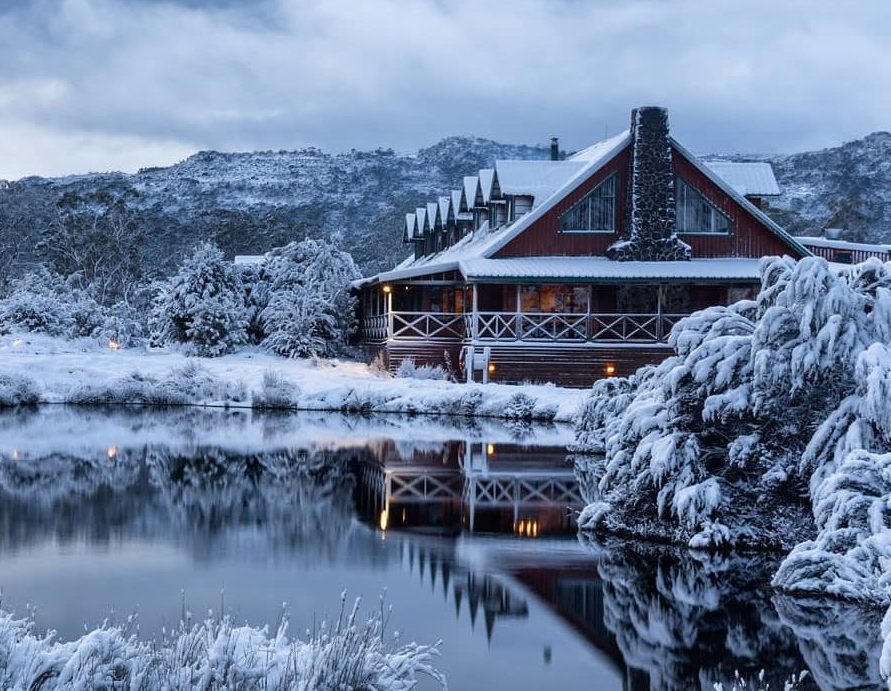Find Hidden Gems for Snow In Australia Adventures
Find Hidden Gems for Snow In Australia Adventures
Blog Article
Discover the Fascinating Impacts of Snow in Australia on Neighborhood Communities
Despite its credibility for sun-soaked landscapes, Australia also boasts regions blanketed by snow-- a sensation that profoundly affects the nation's unique ecological communities. The shielding residential or commercial properties of snowflakes safeguard vegetation and animals amidst the chilliest winter seasons, while the melting snow nurtures rivers and water life. The genuine wonder lies in exactly how these frosty conditions shape the nation's biodiversity and nutrient cycles. As we decipher this complex connection, we discover ourselves treading on uncharted grounds in Australia's high country.
The Unexpected Areas of Snowfall in Australia
Although Australia is typically related to sun-scorched landscapes and sandy beaches, particular areas surprisingly experience snowfall. The high country regions of New South Wales, Victoria, and Tasmania are especially recognized for their winter snow. The Snowy Mountains in NSW, for instance, receive plentiful seasonal snow, providing a plain comparison to the country's normal hot, arid environment. Meanwhile, the Victorian Alps and parts of Tasmania also see annual snowfalls, changing the landscape right into a winter months heaven. These areas are not just anomalies but important parts of Australia's varied climate system. The visibility of snow in these areas substantially affects local communities, ultimately influencing the country's unique biodiversity. However, the certain influence on Australia's distinct plants will be discussed in the next section.

How Snow Impacts Australia's Special Vegetation
These plants have evolved to survive in extreme conditions, with snow serving as a protective blanket from freezing temperature levels and rough winds. The snow additionally contributes to the wetness material of the dirt, providing needed hydration for plant life during the dry summer season months. In essence, the snow influences the timing of flowering and seed dispersal, the growth prices, and the survival of many plant types, showcasing the complex interplay between climate and vegetation in Australia.

The Adaptations of Australian Animal to Snowfall
Equally as Australia's plants has actually adjusted to the wintery conditions, the local animals too, show amazing adaptations to the snowfall. Species like the Hill Pygmy-possum, important link the only Australian marsupial understood to hibernate, have actually evolved go to this website methods to make it through in snowy atmospheres. It uses the snow as insulation, hibernating in rock crevices under the snow to stay cozy. The Snow Skink, a varieties of reptile, changes its colour to white during winter months, providing camouflage against killers. Birds such as the Snowy Hills' Crimson Rosella likewise change their diet plans to eat available food resources during cooler periods. Hence, regardless of the harsh problems, Australian animals shows a flexible and resilient nature, guaranteeing their survival in areas experiencing snowfall.
The Duty of Snow fit Local Environments
In forming the regional ecosystems, the duty of snow in Australia is both multilayered and profound. It affects the distribution of flora and animals, mainly defining the biodiversity of sub-alpine and towering areas. Snow gives a vital water source, feeding rivers and storage tanks as it thaws, therefore sustaining a range of water life types. Additionally, snow serves as an insulator, safeguarding ground-dwelling organisms from severe cold. Likewise, it plays a considerable function in soil formation and nutrient cycling. The regular cold and thawing of dirt generated by snowfall promotes advice the failure of rocks, enhancing soil fertility. The existence of snow shapes the plant life patterns, pet habits, and general sustainability of Australia's distinct ecosystems.

The Future of Snowfall in Australia: Predictions and Ramifications

Offered the vital role snow plays in forming local ecological communities, the future of snowfall in Australia is drawing enhancing interest from scientists and ecologists. Much less snow might result in minimized water accessibility in towering regions, detrimentally influencing wildlife habitats and plant life. The tourism industry, greatly reliant on the winter months snow season, might also encounter substantial challenges.
Final Thought
The function of snow in Australia's communities is crucial yet typically ignored. Therefore, the snow in Australia is more than an all-natural spectacle; it's an important player in the nation's environmental story.
In spite of its reputation for sun-soaked landscapes, Australia likewise flaunts areas blanketed by snow-- a sensation that profoundly influences the country's special environments. It makes use of the snow as insulation, hibernating in rock gaps underneath the snow to remain warm - Snow In Australia.In forming the regional communities, the duty of snow in Australia is both multilayered and profound. The presence of snow forms the vegetation patterns, animal habits, and overall sustainability of Australia's unique environments
Offered the crucial duty snow plays in shaping local communities, the future of snowfall in Australia is drawing increasing focus from researchers and ecologists.
Report this page